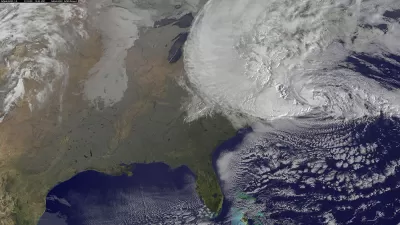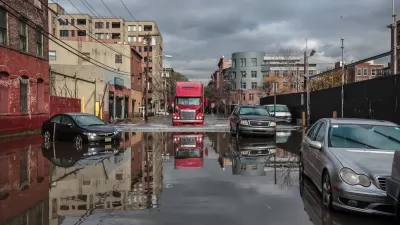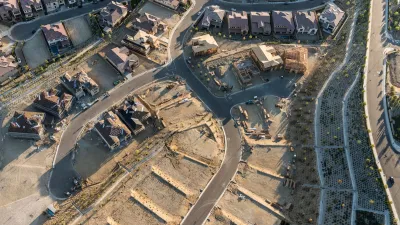Ben Brown takes a hard look at our capacities and limitations in a world more complex than we’d prefer.

"So here we go again. Flood waters rise in southern Louisiana, displacing tens of thousands — some temporarily, others permanently — and potentially costing billions."
"The familiar narrative cycle has cranked up. Right now we’re emerging from the stage where we celebrate the heroism of citizens, volunteers and emergency responders and question the competency of the feds. Next comes the rough accounting of damages and the fights over funding, then the agonizing slog towards a recovery unlikely to ever be complete. Finally will come a lessons-learned wrap-up that could be copied and pasted from reports post-Camille, post-Andrew, post-Katrina, post-Sandy and post a bunch of other recent calamities without a name."
"How to be ready for the next Big One? Better communication at all levels of emergency response. Better advance warning systems. Better ways to prevent folks from living in harm’s way. Same old. If there’s something different this time, it may be this: An increasing uneasiness that we have spent down our capacities for denial, along with the resources required to cope with repetitive disaster. And there’s no turning back."
Ben Brown has been intricately involved in the post-Katrina recovery, as well as the BP Oil Spill. He gives a candid review of new politics for a new normal.
FULL STORY: Unpredictable, High Risk, High Cost: Planning for the worst is the worst

Planetizen Federal Action Tracker
A weekly monitor of how Trump’s orders and actions are impacting planners and planning in America.

Map: Where Senate Republicans Want to Sell Your Public Lands
For public land advocates, the Senate Republicans’ proposal to sell millions of acres of public land in the West is “the biggest fight of their careers.”

Restaurant Patios Were a Pandemic Win — Why Were They so Hard to Keep?
Social distancing requirements and changes in travel patterns prompted cities to pilot new uses for street and sidewalk space. Then it got complicated.

Platform Pilsner: Vancouver Transit Agency Releases... a Beer?
TransLink will receive a portion of every sale of the four-pack.

Toronto Weighs Cheaper Transit, Parking Hikes for Major Events
Special event rates would take effect during large festivals, sports games and concerts to ‘discourage driving, manage congestion and free up space for transit.”

Berlin to Consider Car-Free Zone Larger Than Manhattan
The area bound by the 22-mile Ringbahn would still allow 12 uses of a private automobile per year per person, and several other exemptions.
Urban Design for Planners 1: Software Tools
This six-course series explores essential urban design concepts using open source software and equips planners with the tools they need to participate fully in the urban design process.
Planning for Universal Design
Learn the tools for implementing Universal Design in planning regulations.
Heyer Gruel & Associates PA
JM Goldson LLC
Custer County Colorado
City of Camden Redevelopment Agency
City of Astoria
Transportation Research & Education Center (TREC) at Portland State University
Camden Redevelopment Agency
City of Claremont
Municipality of Princeton (NJ)





























